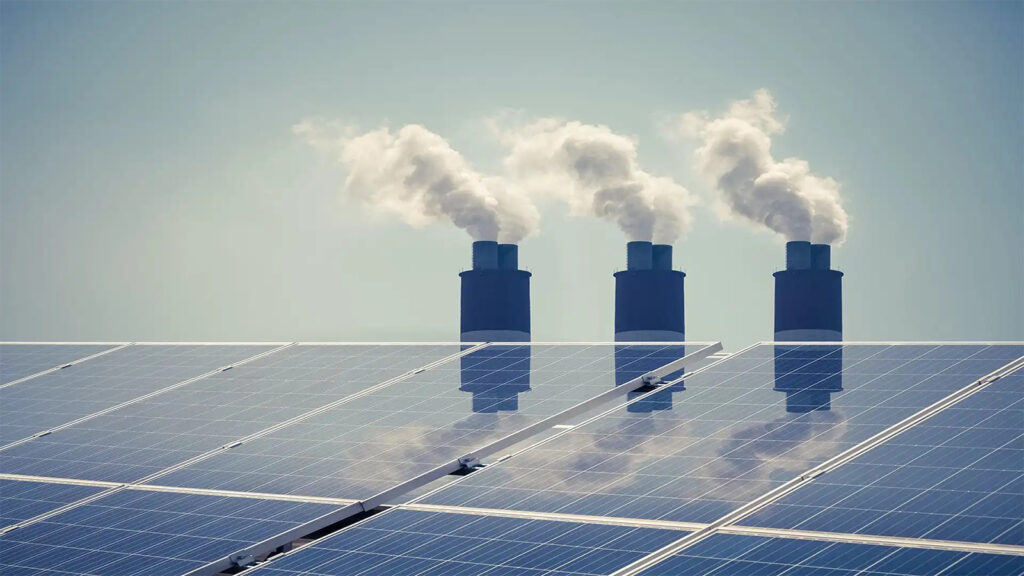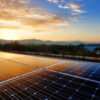PV power generation uses solar light, and uses solar cells to convert light energy into electrical energy. PV power generation consists of three main subsystems: PV array, DC-AC converter (inverter) and battery energy storage system.
Content
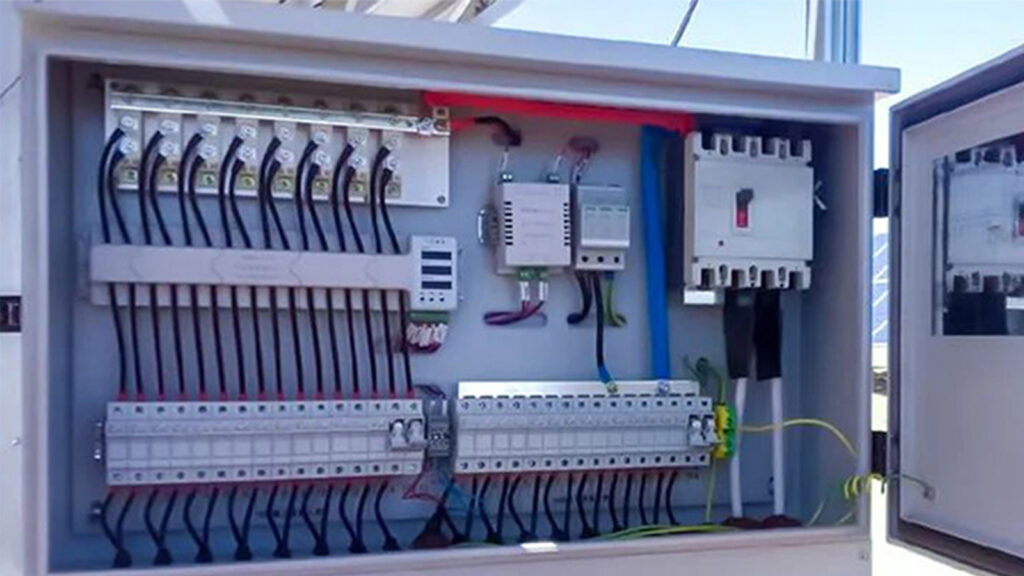
PV Power Generation is a system that uses the photoelectric effect to turn energy from the sun into electricity. This process is based on the effect of the PV cell.
Using solar panels, it turns light straight into DC power. Then, a converter changes this DC power into AC power. The grid or other places that need power then use this AC power.
Specifically, the PV module is the core part of the PV array, which consists of multiple solar panels. When sunlight hits a PV panel, the photons can excite electrons, forming an electric current.
The panels are connected by wires between the anode and cathode. They are assembled in series or parallel to form a PV array. The current is sent to the inverter through a cable for conversion.
Inverters change the direct current that a PV array makes into alternating current so that it can be used in a home, business, or the power grid. In some cases, the electrical energy generated by PV arrays needs to be stored in industrial stacks. So, PV panels are often paired with energy storage systems so that they can continue to send power to the grid at night or when the weather is bad.
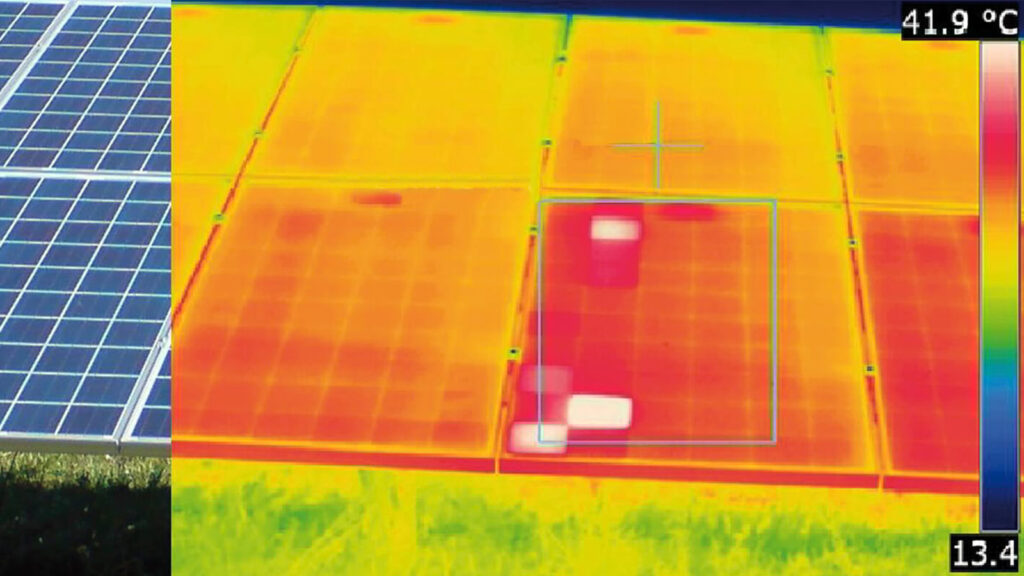
The main equipment required for PV power generation includes:
- PV panels: convert sunlight efficiently into electricity.
- Inverter: Converts DC power to AC power to meet indoor power requirements.
- Battery energy storage system: It can be selected according to actual needs to realize energy storage of PV power generation.
- Bracket and frame: The support frame and support structure used to install PV panels.
- Cables and junction boxes: connect and transmit PV panels, inverters and battery energy storage systems.
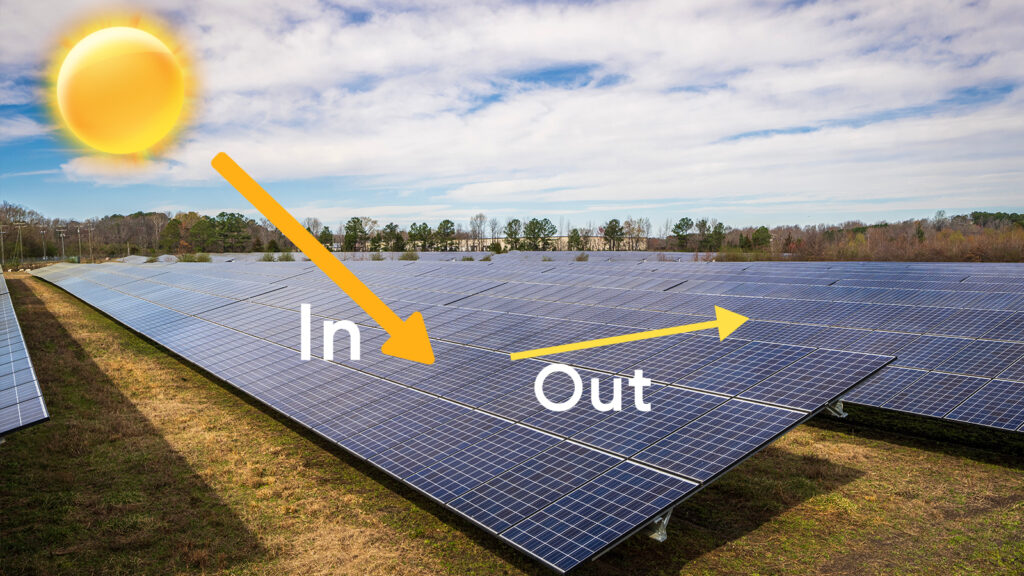
To calculate PV power generation, we must consider factors like the array’s installed capacity, sunlight time, and temperature. The formula to calculate PV power generation is: PV power generation = installed capacity of PV array times total solar radiation times power generation efficiency of PV modules.
The total amount of solar radiation can be estimated according to geographical location__ and meteorological data.
The power generation efficiency of PV modules depends on the design and quality of PV panels.
PV power generation is the total amount of electricity generated by a PV power plant, usually measured in kilowatt-hours (kWh).
The basic formula for calculating PV power generation is:
PV power generation = installed capacity of PV panels × total solar radiation × power generation efficiency of PV modules
PV power generation is explained as follows:
Placed capacity of PV panels: the size of the PV panel placed in a PV power station, usually measured in watts (W). For example, a 10 kilowatt PV power station is 10,000 watts.
Solar radiation intensity: The solar radiation intensity refers to the solar energy received per unit time per unit area. It is usually expressed as the solar energy received per hour per unit area (kWh/m2/h). The intensity of solar radiation depends on factors such as geographical location, season, weather and time.
Efficiency of PV modules: The efficiency of a PV module indicates its ability to convert solar energy into electricity. The efficiency of a PV module is usually expressed as a percentage, indicating the conversion of incident sunlight into electricity. Different types of PV modules have different levels of efficiency, with typical efficiencies ranging between 15% and 20%.
Installed capacity of a PV system: The installed capacity of a PV system refers to the total power of the solar panels installed in the system. It is usually expressed in kilowatts (kW) or megawatts (MW). The installed capacity depends on the number of PV panels and the power of each panel.
Power generation time: The power generation time refers to the time when the PV system actually operates and generates electricity. It can be hours per day or hours per year, depending on your needs and goals. Generation times are affected by weather, season, system maintenance and cleaning, and other factors.
Power generation formula needs to pay attention to:
This formula is a simplified calculation method, only considering the basic factors. In real-world applications, things like the effect of temperature on PV panels, shading, angle of tilt, area use, and system losses need to be taken into account to get more accurate estimates of power production.
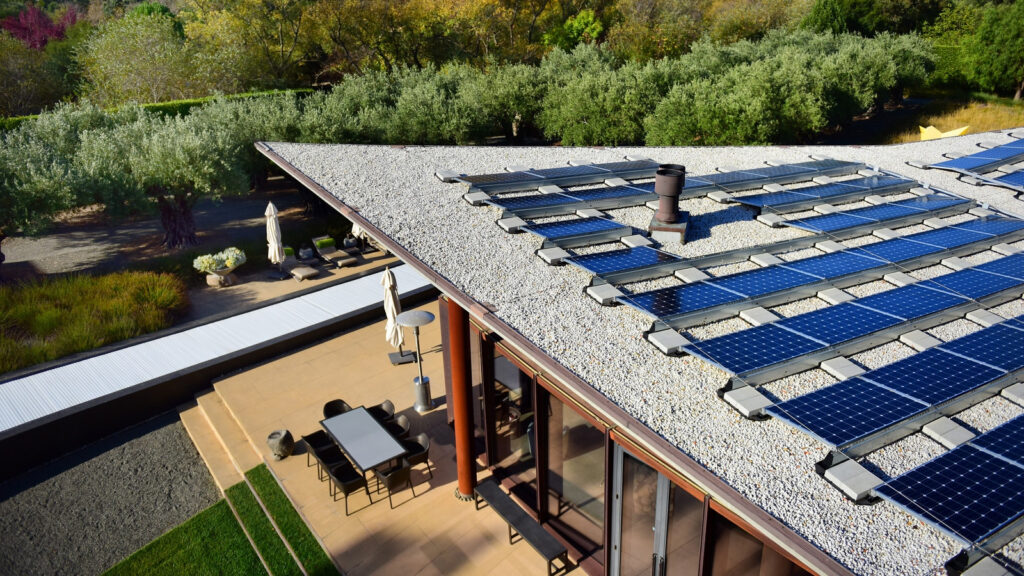
Example of power generation formula:
The installed capacity of a PV power station is 100 kilowatts, the average total solar radiation in this area is 1500 kWh/m2/year, and the power production efficiency of PV modules is 18%. Here’s how to figure out how much electricity it makes each year:
PV power generation = 100kW × 1500kWh/m2/year × 18% = 27000kWh/year
Therefore, this PV power plant will be able to generate 27,000 kWh of electricity per year. The actual power generation will be affected by factors in actual operation, such as weather, temperature, loss, component aging, etc.
As a photovoltaic module manufacturer with 15 years of professional experience, Maysun Solar can provide you with high-quality solar panels. Click the button below to contact us and get a product quotation.

New Photovoltaic news you should know about (March 2024)
Table of Contents REC Unveils a 430 W Heterojunction Solar Module Boasting 22.2% Efficiency REC, a Singapore-based PV module manufacturer, introduces its residential solar modules featuring Alpha heterojunction cell technology. Production has commenced at REC’s Industry 4.0 fab in Singapore, with initial shipments

IBC Solar Modules vs. Bifacial Glass-Glass Solar Modules: Which Is More Suitable for Winter or Low-Light Conditions?
Table of Contents Introduction As the demand for renewable energy continues to surge, advancements in solar technology have broadened the spectrum of component choices available to us. Among these, IBC (Interdigitated Back Contact) full black solar modules have garnered special attention due to

Why Are Lightweight Bifacial Solar Panels the Best Choice for Balcony Solar Power Plants?
Table of Contents In the quest for efficient and eco-friendly home energy solutions, solar photovoltaic technology has emerged as a key player due to its sustainability and clean energy benefits. Particularly in the space-constrained urban settings, the effective conversion of every inch of

Questions You Might Ask About Balcony Solar Power Plants in 2024
Table of Contents What is a Balcony Solar Power Plant? Similar to a traditional photovoltaic panel, a Balcony Solar Power Plant is a device designed to generate electricity from solar energy. This green energy generator is specifically tailored for self-consumption, but it comes with

A Step-by-Step DTU Guide for Balcony Solar Power Plants
As renewable energy becomes increasingly integral in our daily lives, Maysun Solar’s Balcony Solar Power Station, with its advanced technology and user-friendly design, represents a transformative approach to home solar solutions. The integration of a Data Transfer Unit (DTU) enhances its smart functionality

What Are The Main Components of Solar Panels?
What are the main components of solar panel? Solar panels, the cornerstone of solar energy technology, are composed of several integral parts, each contributing to their ability to harness sunlight and convert it into electrical energy. In this article, we will explore the essential

